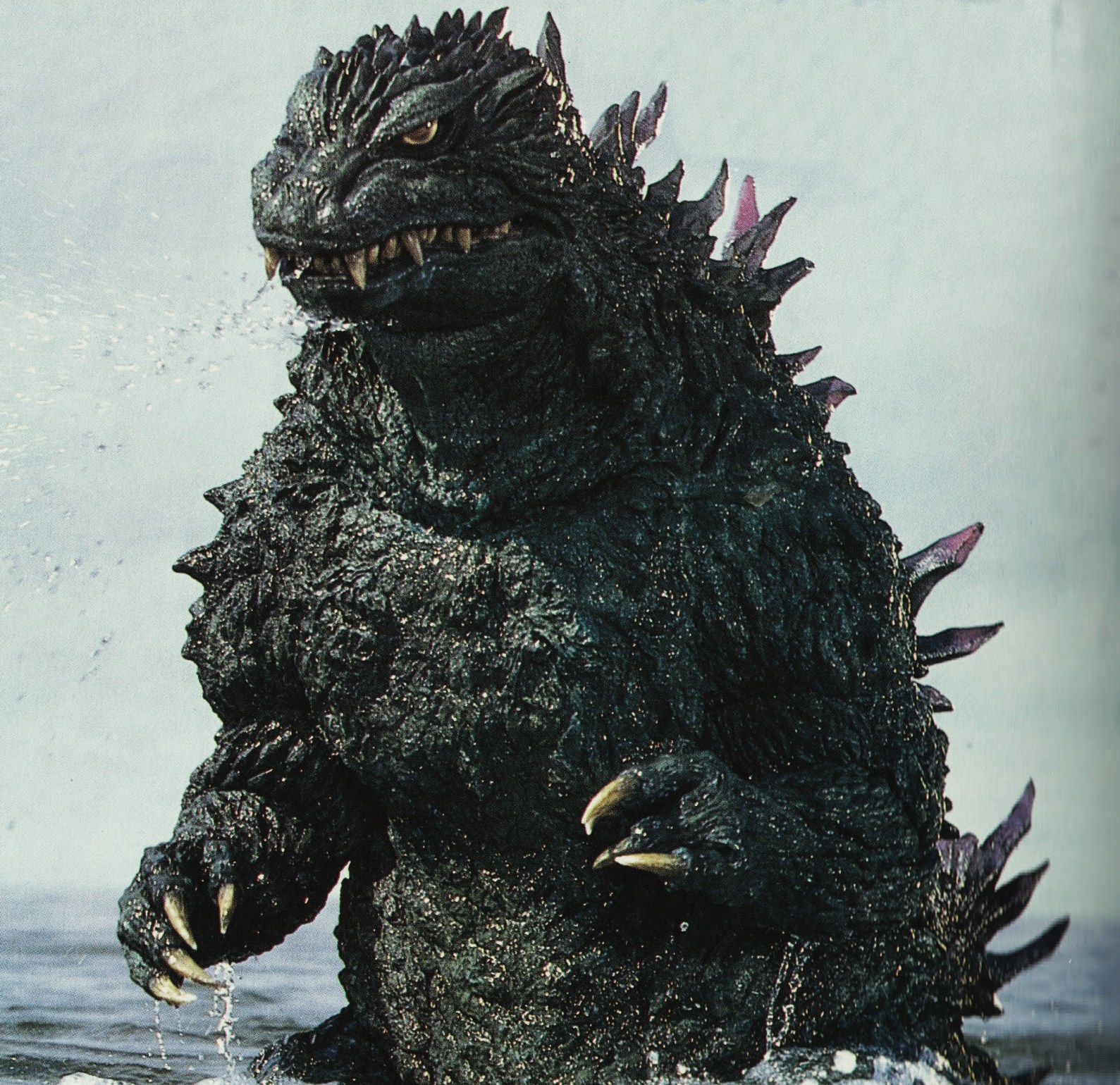The Science Of Godzilla,
King of the Monsters
Research By Ian Ferguson

Source: http://godzilla.wikia.com/wiki/Godzilla_(Millennium)
This is an interesting topic for some I'm sure. Usually when we watch a movie, we're content to set aside our concept on reality and just sit down to watch a movie and enjoy ourselves. Well for some of us, we like to think about HOW something in a movie might work in the real world. Mostly we do this because we like to ruin things for ourselves but we can also do so to test our knowledge of the natural world. Today we're discussing the titular monster from the movie series Godzilla, a cryogenically frozen dinosaur who is awoken and transformed by the nuclear tests in the Bikini Atoll in the 1950s. He was create to represent the physical embodiment of nuclear war for the people of Japan who are to date the only country to bear victim the horrors of the atom bomb.
Godzilla, or Gojira as he's known in Japan, is a 50 to 118 meter tall giant dinosaur whose very existence almost seems implausible. The creature features a robust build with a reptilian design, dorsal fins stretched across its spine, and a long tail that stretches out several meters behind him. Its mere existence should be fundamentally impossible but I want to focus on the physics behind the creature and discuss its both plausible and implausible nature.
Godzilla is usually depicted on average as being a little below 100 meters tall and weighing in at about 30,000 tons (That’s about 60,000,000 pounds!). His giant lumbering mass is enough to toss aside buildings as if they’re cardboard. He has full control of his massive tail which he uses to great effect against humanity and other monsters. He also can utilize his dormant nuclear power to unleash his atomic breath upon his unsuspecting foes.
Table of Contents
| Title Page |
| Movement |
| Anatomy Part I |
| Anatomy Part II |
| Atomic Breath |
| Ancient Technique |
| Conclusion |
| Works Cited |